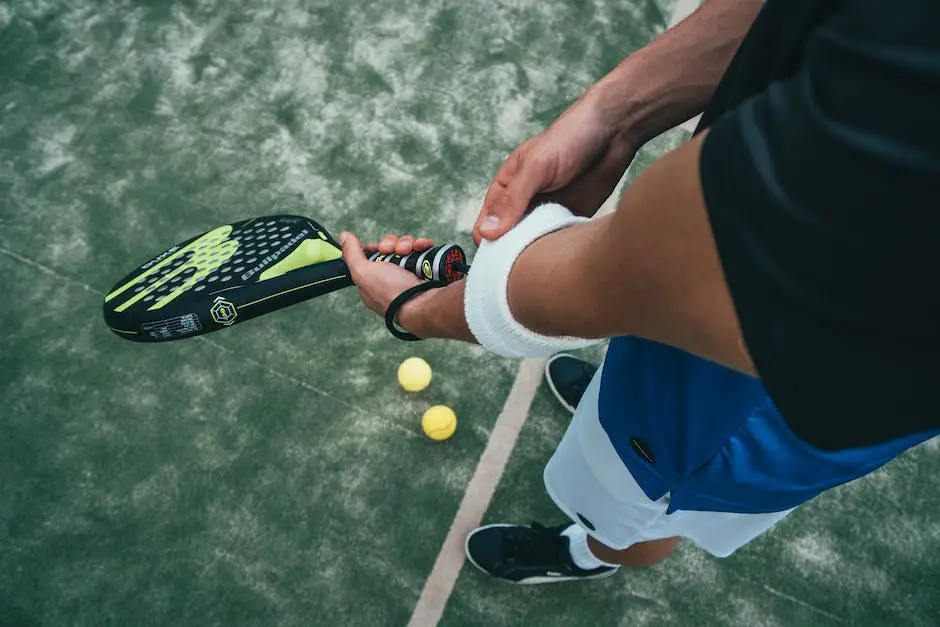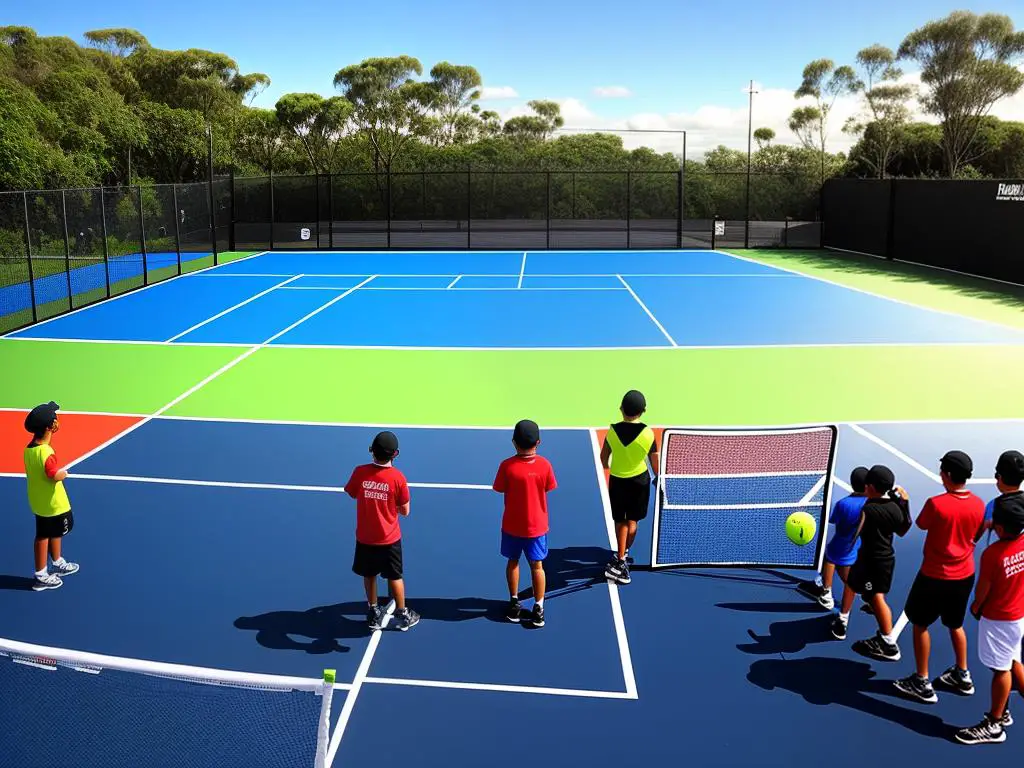The rackets may be smaller, the ball less bouncy, but the energy, dynamism, and cultural significance of Padel in Latin America are nowhere less than that of the more globally recognized sports. Across the Latin American landscape, from the colorful streets of Buenos Aires to the vibrant arenas of Mexico City, Padel has emerged not only as a beloved sport, but also a distinctive socio-cultural phenomenon. This distinct sport, a hybrid between tennis and squash, which took root in Argentina has rapidly transcended national boundaries, creating a unique tapestry of history, culture, and competition that has etched itself onto the heart and soul of Latin American society.
The growth and impact of Padel in Latin America have been nothing short of significant, tracing back to its initial adoption and immersion into local culture, the sport has blossomed into one of the most popular activities across different countries. Its prominence has been spurred on by a multitude of factors, including fascinating early clubs and initiatives, indicative of Latin America’s unique flair for vibrant sports and a love for community interaction.
The Emergence of Padel in Latin America
Origins and Introduction of Padel in Latin America
Interestingly, padel, as a sport, is of Mexican origin. It was invented by Enrique Corcuera in 1969, who named it after his home where it was initially played, ‘Paddle’. However, it wasn’t until the 1980s that it started to spread in Latin America after it was introduced to Spain by Prince Alfonso de Hohenlohe, who had experienced the sport while visiting Corcuera in Mexico.
The sport bears resemblances to tennis and squash and requires effective strategies rather than just physical strength, which likely contributed to its popularity in Latin America. An additional factor was the minimal space needed to set up a padel court. This made it highly convenient for people in urban areas, where space is often at a premium.
Early Adoption and Influence on Latin American Culture
Early adoption of padel in Latin America was fairly rapid because of its simplicity and inclusivity. It could be easily learned and enjoyed by people of all ages and sex, making it a popular family and social sport. As the sport’s popularity grew in Latin America, its influence began to infiltrate local cultures. This was visible in increasing weekend tournaments in local neighborhoods, celebrities indulging in the sport, and people generally becoming more health-conscious.
Argentina emerged as one of the early adopters and the undisputed powerhouse of padel in Latin America. This was largely due to the efforts of the Argentine Padel Association (APA), which implemented crucial initiatives like developing multiple tournaments and establishing coaching infrastructures.
Growing Popularity Across Latin American Countries
After gaining popularity in Argentina, padel began to spread across Latin America in the late 90s with countries like Brazil, Chile, and Uruguay establishing their own national associations. By the turn of the century, the sport had managed to infiltrate even smaller Latin American countries like Paraguay and Bolivia.
Padel’s appeal is that it combines elements of tennis, squash, and badminton, making it familiar yet new. Particularly in urban areas, where space is at a premium, a smaller padel court is a more feasible option than a full-size tennis court. It’s also chosen over tennis due to its shorter duration of games and the sociability of always playing in pairs.
Key Initiatives and Clubs
Several significant initiatives worked to popularize padel in Latin America. In Argentina, the dominant padel nation, the Argentine Padel Federation (FAP) was formed, which implemented a comprehensive plan to develop the sport by organizing numerous tournaments at the national level and producing high quality players.
Other crucial initiatives included ‘Padel Para Todos’ in Argentina, which was aimed at promoting the sport in the most deprived sections of society, and ‘Brasil Padel Tour’ in Brazil, which took the sport to numerous cities across the country.
Also noteworthy are the early clubs that contributed to the sport’s popularization. The Buenos Aires Lawn Tennis Club in Argentina was among the first clubs to include padel as part of its sports curriculum. Similarly, in Chile, the Santiago Padel Club played a significant role in popularizing the sport.
Padel, a unique racquet sport that elegantly blends elements of tennis and squash, has been on a rapid rise in popularity throughout Latin America. The combination of its simplicity, versatility, and the successful advertising strategies of sporting bodies have all played a major role in integrating padel into the cultural fabric of many Latin America countries. In the present day, its popularity not only holds strong, but continues to expand throughout the region.

Current State of Padel and Its Popularity
The Current Padel Phenomenon: Exploding Interest Across Latin America
The escalating popularity of padel has been particularly noticeable in a handful of nations. Argentina leads the pack as the country harboring the greatest quantity of padel enthusiasts worldwide, with over 2 million active players and more than 10,000 dedicated courts. Other Latin American nations, such as Mexico, Brazil, Uruguay, and Chile, are also experiencing a significant uptick in both interest in and engagement with the sport of padel.
The Spread of Padel Clubs in Latin America
The proliferation of padel clubs serves as a significant indicator of the sport’s rapid expansion in the region. Argentina, already mentioned as a hotspot, has approximately 2,000 dedicated padel clubs, while Mexico follows with over 1,000 clubs. Brazil and Uruguay also host a significant number of clubs- around 500 and 300 respectively. Even countries with a smaller number of clubs, such as Peru and Paraguay, demonstrate a clear and growing interest in the sport.
Role of Padel in Popular Culture
Padel’s visibility and influence have also permeated Latin American popular culture, with celebrities and influential personalities taking up the sport. Soccer stars like Diego Maradona and Lionel Messi have publicly showcased their love for the game, propelling the sport to an even larger audience. Additionally, Padel’s accessibility, in terms of required equipment and complexity, has made it a popular choice for school sports programs and community activities.
Comparisons with Other Popular Sports in Latin America
The popularity of padel needs to be understood in the broader context of sports in Latin America. Soccer, without a doubt, dominates the region’s sports landscape, with games serving as major social events. Nevertheless, Padel’s rise doesn’t pit the two against each other. Instead, Padel seems to coexist and complement the soccer-dominant culture, offering a more casual and fitness-friendly alternative.
Demographic Analysis of the Sport’s Followers
Statistical data shows that Padel appeals to a broad demographic range. Men and women participate in near-equal numbers, and the age range of players is wide. A significant portion of players is people between the ages of 18-50, indicating a strong appeal among younger and middle-aged adults. However, the sport is becoming increasingly popular among children and older adults. This trend is likely due to the sport’s low physical strain and fun doubles format, making it appealing and accessible to almost everyone.
Conclusion: The Future of Padel in Latin America
The sport of Padel in Latin America is experiencing a rapid uptick in popularity that shows no signs of abating. The region is witnessing consistent and expansive growth in the sport, with vast potential for even broader adoption. The Latin American sports landscape is being reshaped by the ongoing construction of new Padel clubs and courts, high-profile endorsements boosting its profile, and increased international representation. This suggests that Padel is on track to become a vital component of sports culture in Latin America.

Role of Latin America in Global Padel Scene
Latin America’s Impact on the Global Padel Stage
Latin America’s love for Padel is making waves on a global scale. This is reflected in the wealth of international tournaments hosted by the region, the preponderance of Latin American athletes excelling in the sport, and the region’s contributions to innovation in Padel equipment and strategy. These facets illustrate the profound influence Latin America has on shaping the global perception and growth of Padel.
Leading Players from Latin America
One area where Latin America’s impact on global Padel is undeniable is in the area of player development. Latin America has churned out several world-class Padel players who have dominated the global scene. Leading players such as Fernando Belasteguin and Sanyo Gutierrez from Argentina have made waves on an international platform. Belasteguin, often referred to as the “King of Padel”, dominated the World Padel Tour for several years, while Gutierrez is appreciated for his unique style and agility on the court.
Brazilian Pablo Lima, another remarkable player, has regularly stood on the World Padel Tour podium having consistently excellent performance since his debut.
International Tournaments Hosted
Latin America has frequently served as the venue for international Padel tournaments. The World Padel Tour has seen vital tournaments situated within Latin American nations such as Argentina, Brazil, and Mexico, attracting audiences worldwide. These tournaments have not just promoted the sport within the region but also spotlighted Latin America’s role in shaping global Padel. The Buenos Aires Padel Master, for instance, draws elite players from around the world, bringing global attention to this region’s passion for the sport.
Contribution to Padel Equipment and Techniques
When it comes to enhancing Padel equipment and techniques, Latin America has made significant contributions. The region is home to several leading Padel equipment manufacturers, such as Argentina-based NOX, which is renowned for its high-quality Padel bats used by professionals worldwide. Latin American players have also introduced innovative techniques to the sport, largely due to the region’s rich tennis history, which influences their playing style.
Latin America’s Role in the World Padel Championships
In the World Padel Championships, Latin America has been a consistent presence. Both men and women’s teams from Latin America, especially Argentina and Brazil, regularly reach the tournament’s later stages, highlighting the region’s reputation in this sport. In 2020, Argentina’s men’s team won the championship held in Doha, while the women’s team from Argentina reached the semi-finals.
Overall, Latin America’s influence on the global Padel scene is unmistakeable, contributing significantly to the sport’s development beyond geographical boundaries. This region has managed to leave a lasting impression through world-class players, international tournaments, innovative equipment, and techniques. It continues to provide the foundation and growth for Padel, uniquely shaping its global presence.

Photo by unseenhistories on Unsplash
From prodigious players paving the way in world championships to the local clubs fostering an enjoyable and competitive environment, Latin America has unquestionably cemented its place in the global Padel scene. Its influence can be felt in the growing popularity of the sport in regions far beyond its native continent, a testimony to its universal appeal and the effort of its ardent supporters.
The allure of Padel, echoing the Latin American spirit of vibrant culture and fervent passion, continues to pulse through every hit of the ball, every cheer from the crowd, every victory celebrated, and even every defeat conceded. The essence of Latin America embedded within Padel goes far beyond the boundaries of a sports court. It’s a story of a region and its people: their grit, their gusto, and their resounding love for the game. Through Padel, Latin America continues to weave a narrative of unity, excitement, and character that reverberates through sports enthusiasts worldwide.